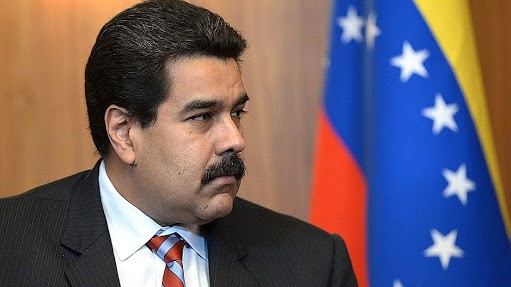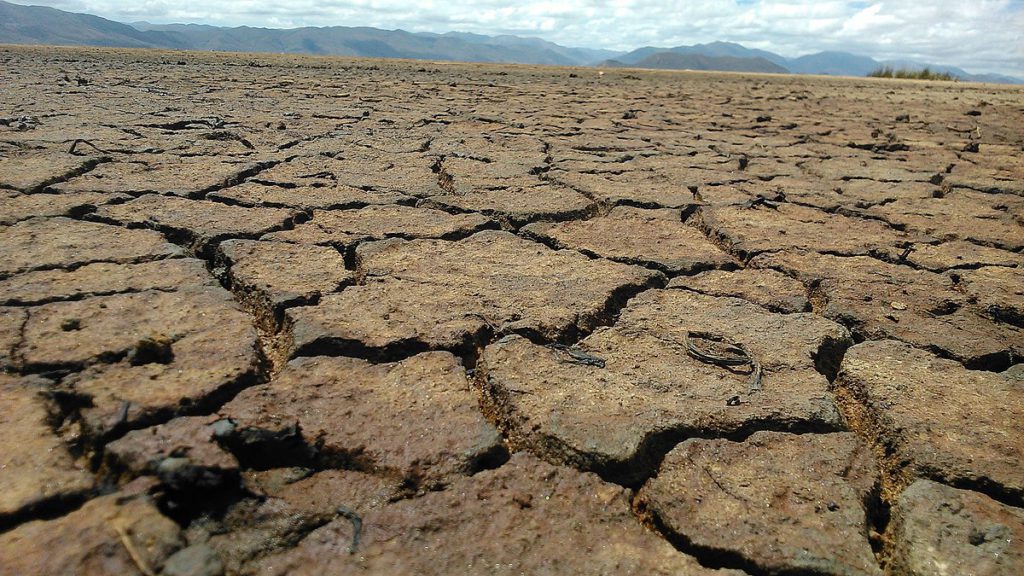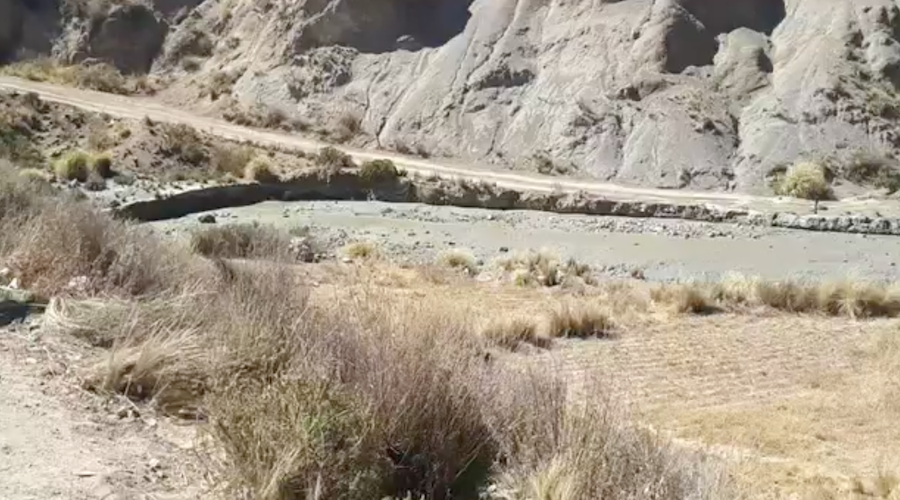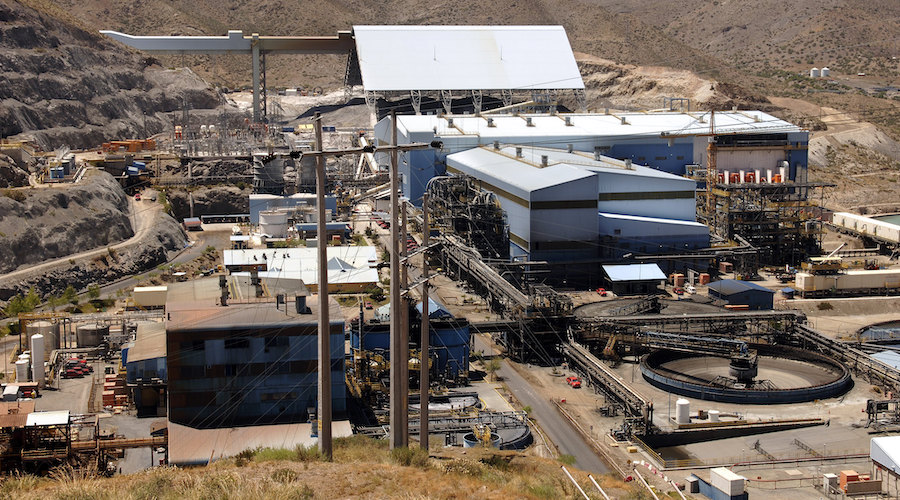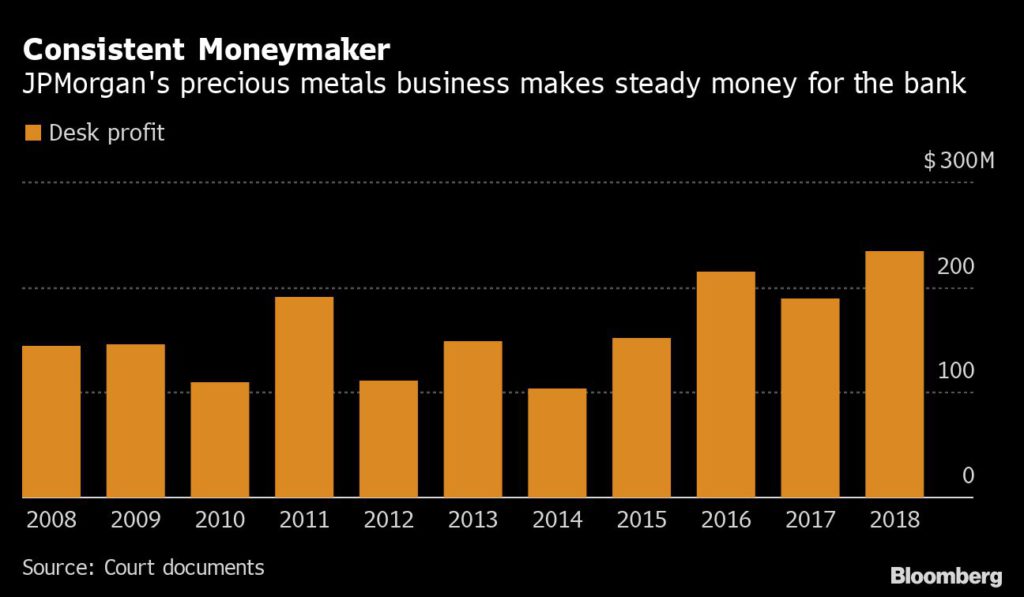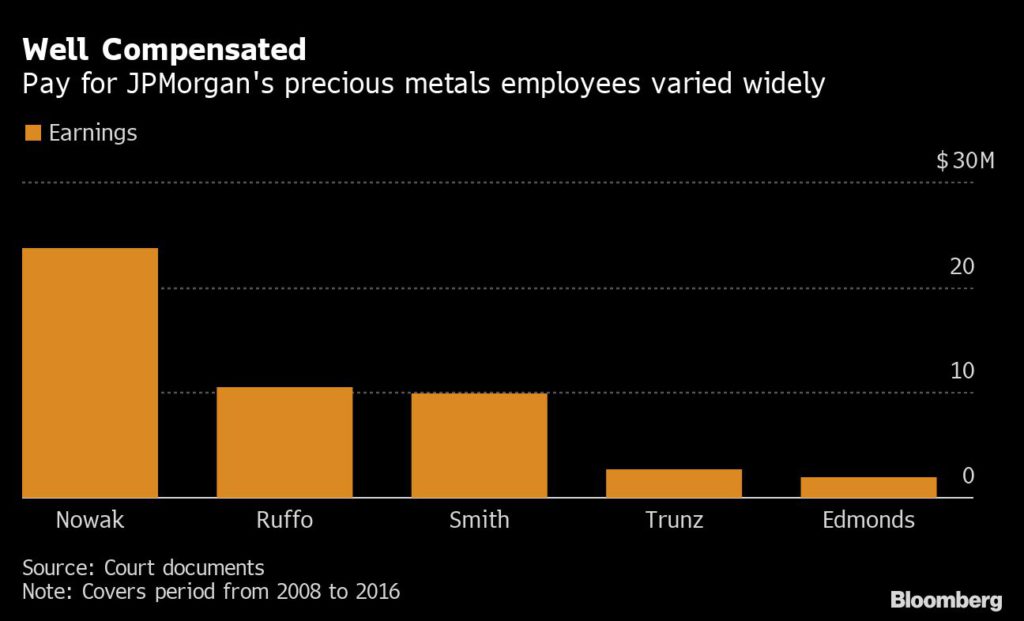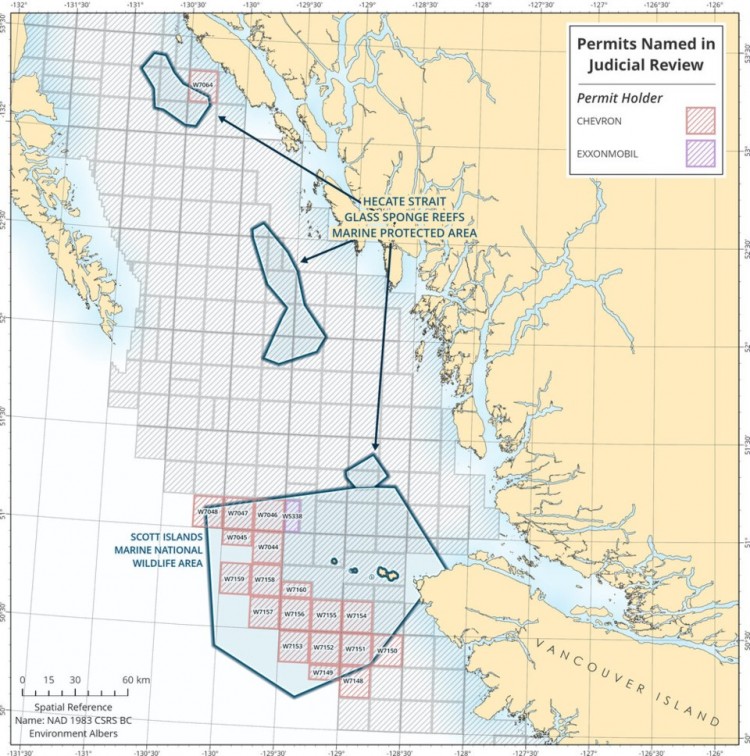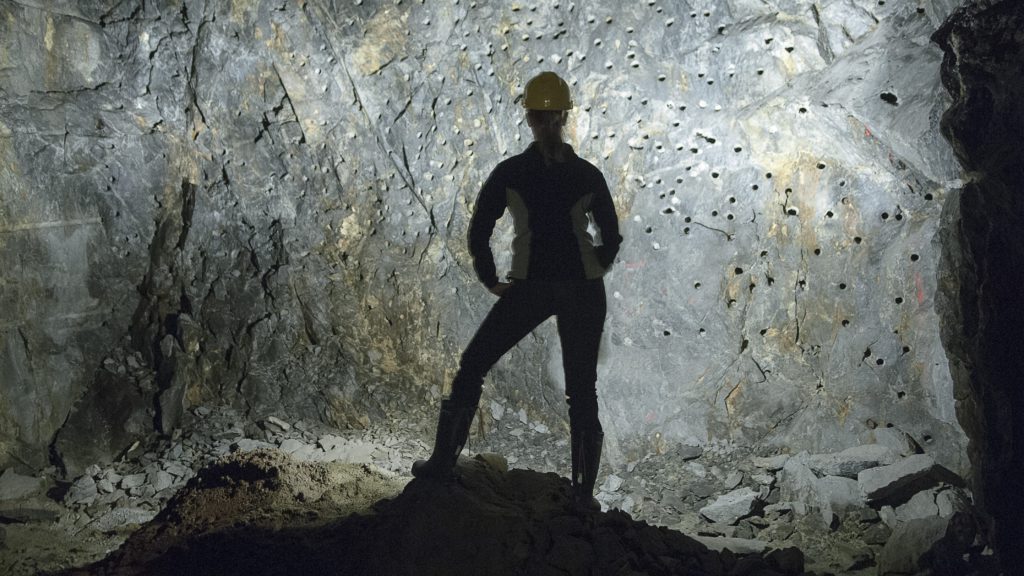Today’s Energy Crisis Spells Disaster For The Global Economy
- The price of energy has been too low for producers in recent years while the price of extraction has increased, this will cause the global economy to shrink.
- As the economy changes from growth to shrinkage, the rate of shrinkage of GDP will be greater than the rate of shrinkage of energy consumption.
- As interest rates rise, energy supplies will become even tighter, leading to a shortage of goods, a potential increase in conflict, and rising debt.
It is my view that when energy supply falls, it falls not because reserves “run out.” It falls because economies around the world cannot afford to purchase goods and services made with energy products and using energy products in their operation. It is really a price problem. Prices cannot be simultaneously high enough for oil producers (such as Russia and Saudi Arabia) to ramp up production and remain low enough for consumers around the world to buy the goods and services that they are accustomed to buying.

Figure 1. Chart showing average annual Brent-equivalent oil prices in 2021$ based on data from BP’s 2022 Statistical Review of World Energy, together with bars showing periods when prices seemed to be favorable to producers.
We are now in a period of price conflict. Oil and other energy prices have remained too low for producers since at least mid-2014. At the same time, depletion of fossil fuels has led to higher costs of extraction. Often, the tax needs of governments of oil exporting countries are higher as well, leading to even higher required prices for producers if they are to continue to produce oil and raise their production. Thus, producers truly require higher prices.
Governments of countries affected by this inflation in price are quite disturbed: Higher prices for energy products mean higher prices for all goods and services. This makes citizens very unhappy because wages do not rise to compensate for this inflation. Prices today are high enough to cause significant inflation (about $107 per barrel for Brent oil (Europe) and $97 for WTI (US)), but still not high enough to satisfy the high-price needs of energy producers.
It is my expectation that these and other issues will lead to a very strangely behaving world economy in the months and years ahead. The world economy we know today is, in fact, a self-organizing system operating under the laws of physics. With less energy, it will start “coming apart.” World trade will increasingly falter. Fossil fuel prices will be volatile, but not necessarily very high. In this post, I will try to explain some of the issues I see.
[1] The issue causing the price conflict can be described as reduced productivity of the economy. The ultimate outcome of reduced productivity of the economy is fewer total goods and services produced by the economy.
Figure 2 shows that, historically, there is an extremely high correlation between world energy consumption and the total quantity of goods and services produced by the world economy. In my analysis, I use Purchasing Power Parity (PPP) GDP because it is not distorted by the rise and fall of the US dollar relative to other currencies.

Figure 2. Correlation between world GDP measured in “Purchasing Power Parity” (PPP) 2017 International $ and world energy consumption, including both fossil fuels and renewables. GDP is as reported by the World Bank for 1990 through 2021 as of July 26, 2022; total energy consumption is as reported by BP in its 2022 Statistical Review of World Energy.
The reason such a high correlation exists is because it takes energy to perform each activity that contributes to GDP, such as lighting a room or transporting goods. Energy consumption which is cheap to produce and growing rapidly in quantity is ideal for increasing energy productivity, since it allows factories to be built cheaply and raw materials and finished goods to be transported at low cost.
Humans are part of the economy. Food is the energy product that humans require. Reducing food supply by 20% or 40% or 50% cannot be expected to work well. The economy suffers the same difficulty.
In recent years, depletion has been making the extraction of fossil fuel resources increasingly expensive. One issue is that the resources that were easiest to extract and closest to where they were needed were extracted first, leaving the highest cost resources for extraction later. Another issue is that with a growing population, the governments of oil exporting countries require higher tax revenue to support the overall needs of their countries.
Intermittent wind and solar are not substitutes for fossil fuels because they are not available when they are needed. If several months’ worth of storage could be added, the total cost would be so high that these energy sources would have no chance of being competitive. I recently wrote about some of the issues with renewables in Limits to Green Energy Are Becoming Much Clearer.
Rising population is a second problem leading to falling efficiency. In order to feed, clothe and house a rising population, a growing quantity of food must be produced from essentially the same amount of arable land. More water for the rising population is required for the rising population, often obtained by deeper wells or desalination. Clearly, the need to use increased materials and labor to work around problems caused by rising world population adds another layer of inefficiency.
If we also add the cost of attempting to work around pollution issues, this further adds another layer of inefficiency in the use of energy supplies.
More technology is not a solution, either, because adding any type of complexity requires energy to implement. For example, adding machines to replace current workers requires the use of energy products to make and operate the machines. Moving production to cheaper locations overseas (another form of complexity) requires energy for the transport of goods from where they are transported to where they are used.
Figure 2 shows that the world economy still requires more energy to produce increasing GDP, even with the gains achieved in technology and efficiency.
Because of energy limits, the world economy is trying to change from a “growth mode” to a “shrinkage mode.” This is something very much like the collapse of many ancient civilizations, including the fall of Rome in 165 to 197 CE. Historically, such collapses have unfolded over a period of years or decades.
[2] In the past, the growth rate of GDP has exceeded that of energy consumption. As the economy changes from growth to shrinkage, we should expect this situation to reverse: The rate of shrinkage of GDP will be greater than the rate of shrinkage of energy consumption.
Figure 3 shows that, historically, world economic growth has been slightly higher than the growth in energy consumption. This growth in energy consumption is based total consumption of fossil fuels and renewables, as calculated by BP.

Figure 3. Annual growth in world PPP GDP compared to annual growth in consumption of energy supplies. World PPP GDP is data provided by the World Bank; world energy consumption is based on data of BP’s 2022 Statistical Review of World Energy.
In fact, based on the discussion in Section [1], this is precisely the situation we should expect: GDP growth should exceed energy consumption growth when the economy is growing. Unfortunately, Section [1] also suggests that we can expect this favorable relationship to disappear as energy supply begins to shrink because of growing inefficiencies in the system. In such a case, GDP is likely to shrink even more quickly than energy supply shrinks. One reason this happens is because complexity of many types cannot be maintained as energy supply shrinks. For example, international supply lines are likely to break if energy supplies fall too low.
[3] Interest rates play an important role in encouraging the development of energy resources. Generally, falling interest rates are very beneficial; rising interest rates are quite detrimental. As the economy shifts toward shrinkage, the pattern we can expect is higher interest rates, rather than lower. As limits of energy extraction are hit, these higher rates will tend to make the economy shrink even faster than it would otherwise shrink.
Part of what has allowed growing energy consumption in the period shown in Figures 2 and 3 is rising debt levels at generally lower interest rates. Falling interest rates together with debt availability make investment in factories and mines more affordable. They also help citizens seeking to buy a new car or home because the lower monthly payments make these items more affordable. Demand for energy products tends to rise, allowing prices of commodities to rise higher than they would otherwise rise, thus making their production more profitable. This encourages more fossil fuel extraction and more development of renewables.
Once the economy starts to shrink, debt levels seem likely to shrink because of defaults and because of the reluctance of lenders to lend, for fear of defaults. Interest rates will tend to rise, partly because of higher inflation rates and partly because of the higher level of expected defaults. This debt pattern will reinforce the tendency toward lower GDP growth compared to energy consumption growth. This is a major reason that raising interest rates now is likely to push the economy downward.
[4] With fewer goods and services produced by the economy, the world economy must eventually shrink. We should not be surprised if this shrinkage in some ways echoes the shrinkage that took place in the 2008-2009 recession and the 2020 shutdowns.
The GDP of the world economy is the goods and services produced by the world economy. If the economy starts to shrink, total world GDP will necessarily fall.
What happens in the future may echo what has happened in the past.

Figure 4. World energy consumption per capita, based on information published in BP’s 2022 Statistical Review of World Energy.
Central bank officials felt it was important to stop inflation in oil prices (and indirectly in food prices) back in the 2004 to 2006 period. This indirectly led to the 2008-2009 recession as parts of the world debt bubble started to collapse and many jobs were lost. We should not be surprised if a much worse version of this happens in the future.
The 2020 shutdowns were characterized in most news media as a response to Covid-19. Viewed on an overall system basis, however, they really were a response to many simultaneous problems:
- Covid-19
- A hidden shortage of fossil fuels that was not reflected as high enough prices for producers to ramp up production
- Hidden financial problems that threatened a new version of the 2008 financial collapse
- Factories in many parts of the world that were operating at far less than capacity
- Workers demonstrating in the streets with respect to low wages and low pensions
- Airlines with financial problems
- Citizens frustrated by long commutes
- Very many old, sick people in care homes of various types, passing around illnesses
- An outsized medical system that still desired to increase profits
- Politicians who wanted a way to better control their populations–perhaps rationing of output would work around an inadequate total supply of goods and services
Shutting down non-essential activities for a while would temporarily reduce demand for oil and other energy products, making it easier for the rest of the system to appear profitable. It would give an excuse to increase borrowing (and money printing) to hide the financial problems for a while longer. It would keep people at home, reducing the need for oil and other energy products, hiding the fossil fuel shortage for a while longer. It would force the medical system to reorganize, offering more telephone visits and laying off non-essential workers. Many individual citizens could reduce time lost to commuting, thanks to new work-from-home rules and internet connections. The homebuilding and home remodeling industries were stimulated, offering work to those who had been laid off.
The impacts of the shutdowns were greatest on poor people in poor countries, such as those in Central and South America. For example, many people in the vacation and travel industries were laid off in poor countries. People making fancy clothing for people going to conferences and weddings were laid off, as were people raising flowers for fancy events. These people had trouble finding new employment. They are at increased risk of dying, either from Covid-19 or inadequate nutrition, making them susceptible to other illnesses.
We should not be surprised if some near-term problems echo what has happened in the past. Debt defaults and falling home prices are very real possibilities, for example. Also, making a new crisis a huge focal point and scaring the population into staying at home has proven to be a huge success in temporarily reducing energy consumption without actual rationing. Some people believe that monkeypox or a climate change crisis will be the next area of focus in an attempt to reduce energy consumption, and thus lower oil prices.
[5] There is likely to be more conflict in a world with not enough goods and services to go around.
With a shrinking amount of finished goods and services, we should not be surprised if we see more conflict in the world. Many wars are resource wars. The conflict between Russia and Ukraine, with other countries indirectly involved, certainly could be considered a resource war. Russia wants higher prices for its exports of many kinds, including energy exports. I wrote about the conflict issue in a post I wrote in April 2022: The world has a major crude oil problem; expect conflict ahead.
World War I and World War II were almost certainly about energy resources. Peak coal in the UK seems to be closely related to World War I. Inadequate coal in Germany and lack of oil in Japan (and elsewhere) seem to be related to World War II.
[6] We seem to be facing a new set of problems in addition to the problems that gave rise to the Covid-19 shutdowns. These are likely to shape how any new crisis plays out.
Some recently added problems include the following:
- Debt has risen to a high level, relative to 2008. This debt will be harder to repay with higher interest rates.
- The US dollar is very high relative to other currencies. The high level of the US dollar causes problems for borrowers from outside the US in repaying their loans. It also makes energy prices very high outside the US.
- Oil, coal, and natural gas are all in short supply worldwide, leading to falling productivity of the overall system Item 1. If extraction is to continue, prices need to be much higher.
- Difficulties with broken supply lines make it hard to ramp up production of manufactured goods of many kinds.
- Inadequate labor supply is an increasing problem. Baby boomers are now retiring; not enough young people are available to take their place. Increased illness, associated with Covid-19 and its vaccines, is also an issue.
These issues point to a situation where rising interest rates seem likely to send the world economy downward because of debt defaults and failing businesses of many kinds.
The high dollar relative to other currencies leads to the potential for the system to break apart under stress. Alternatively, the US dollar may play a smaller role in international trade than in the past.
[7] Many parts of the economy are likely to find that the promised payments to be made to them cannot really take place.
We have been taught that money is a store of value. We have also been taught that government promises, such as pensions, unemployment insurance, and health insurance can be counted on. If there are fewer goods and services available in total, the whole system must change to reflect the fact that there are no longer enough goods and services to go around. There may not even be enough food to go around.
As the world economy hits limits, we cannot assume that the money we have in the bank will really be able to purchase the goods we want in the future. The goods may not be available to purchase, or the government may put a restriction (such as $200 per week) on how much we can withdraw from our account each week, or inflation may make goods we currently buy unaffordable.
If we think about the situation, the world will be producing fewer goods and services each year, regardless of what the promises that have been made in the past might say. For example, the number of bushels of wheat available worldwide will start falling, as will the number of new cars and the number of computers. Somehow, the goods and services people expected to be available will start disappearing. If the problem is inflation, the affordable quantity will start to fall.
We don’t know precisely what will happen, but these are some ideas, especially as higher interest rates become a problem:
- Many businesses will fail. They will default on their debt; the value of their stock will go to zero. They will lay off their employees.
- Employees and governments will also default on debts. Banks will have difficulty remaining solvent.
- Pension plans will have nowhere nearly enough money to pay promised pensions. Either they will default or prices will rise so high that the pensions do not really purchase the goods that recipients hoped for.
- The international system of trade is likely to start withering away. Eventually, most goods will be locally produced with whatever resources are available.
- Many government agencies will become inadequately funded and fail. Intergovernmental agencies, such as the European Union and the United Nations, are especially vulnerable.
- Governments are likely to reduce services provided because tax revenues are too low. Even if more money is printed, it cannot buy goods that are not there.
- Citizens may become so unhappy with their governments that they overthrow them. Simpler, cheaper governmental systems, offering fewer services, may follow.
[8] It is likely that, in inflation-adjusted dollars, energy prices will not rise very high, for very long.
We are likely dealing with an economy that is basically falling apart. Factories will produce less because they cannot obtain financing. Purchasers of finished goods and services will have difficulty finding jobs that pay well and loans based on this employment. These effects will tend to keep commodity prices too low for producers. While there may be temporary spurts of higher prices, finished goods made with high-cost energy products will be too expensive for most citizens to afford. This will tend to push prices back down again.
[9] Conclusion.
We are dealing with a situation that economists, politicians, and central banks are ill-equipped to handle. Raising interest rates may squeeze out a huge share of the economy. The economy was already “at the edge.” We can’t know for certain.
Virtually no one looks at the economy from a physics point of view. For one thing, the result is too distressing to explain to citizens. For another, it is fashionable for scientists of all types to produce papers and have them peer-reviewed by others within their own ivory towers. Economists, politicians, and central bankers don’t care about the physics of the situation. Even those basing their analysis on Energy Return on Energy Invested (EROEI) tend to focus on only a narrow portion of what I explained in Section [1]. Once researchers have invested a huge amount of time and effort in one direction, they cannot consider the possibility that their approach may be seriously incomplete.
Unfortunately, the physics-based approach I am using indicates that the world’s economy is likely to change dramatically for the worse in the months and years ahead. Economies, in general, cannot last forever. Populations outgrow their resource bases; resources become too depleted. In physics terms, economies are dissipative structures, not unlike ecosystems, plants, and animals. They can only exist for a limited time before they die or end their operation. They tend to be replaced by new, similar dissipative structures.
While the current world economy cannot last indefinitely, humans have continued to exist through many bottlenecks in the past, including ice ages. It is likely that some humans, perhaps in mutated form, will make it through the current bottleneck. These humans will likely create a new economy that is better adapted to the Earth as it changes.
